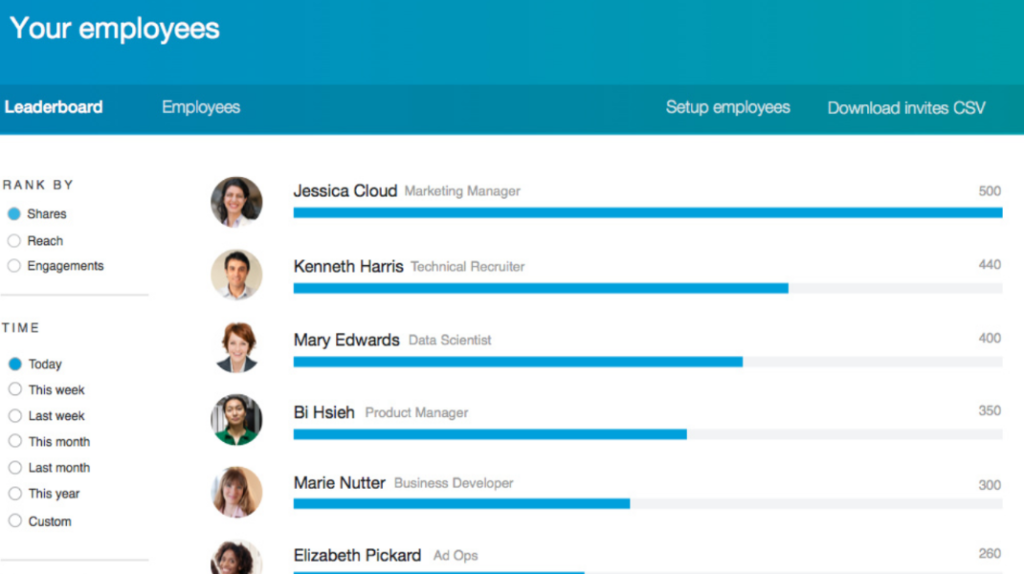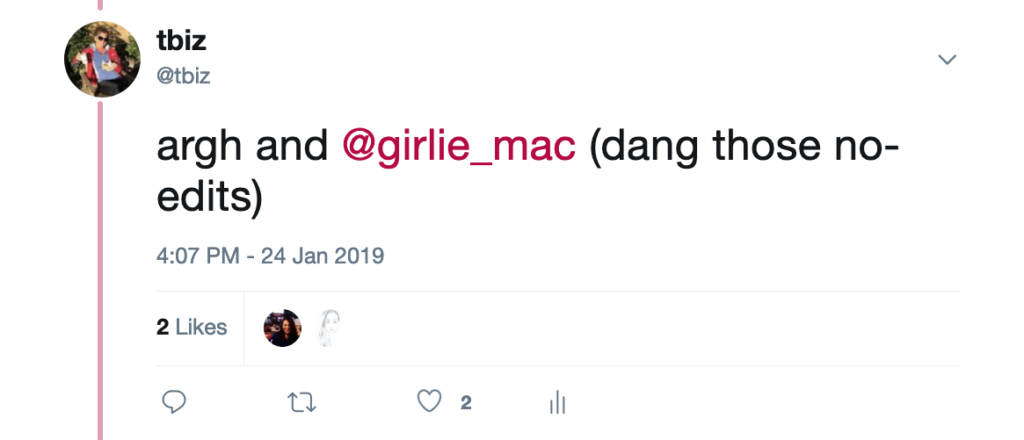I’m the rare human that loves public speaking. Yes I get nervous, of course, but I also get a huge charge out of it. So this Slack from my coworker Susy had a special amount of serotonin accompanying it:
I soon huddled with another colleague Rosana (like Susy, Rosana’s also far more familiar with crowdsourcing than me). I got into my best Michael Krasny consultant curiosity groove to beat back the imposter syndrome and hopefully helped in crafting the panel topic: Crowdsourcing: Data By and For the People, to be hosted fittingly at Mozilla’s Community Space in SF.
Fortunately the conference organizer Epi loved our topic, and we enlisted Megan to be on the panel, along with Christian Cotichni of HeroX, Nathaniel Gates of Alegion, and Anurag Batra of Google.
Since the link to our panel doesn’t include what we wrote up to describe it, I’m pasting it here so you can get a sense of what it was really about:
Per CSW’s website, by “engaging a ‘crowd’ or group for a common goal — often innovation, problem solving, or efficiency,” crowdsourcing can “provide organizations with access to new ideas and solutions, deeper consumer engagement, opportunities for co-creation, optimization of tasks, and reduced costs.”
But is this a fair value exchange for everyone involved? The above solves a number of problems for companies, but do they help contributors? And what role does crowdsourcing play in social equity?
As products and services increasingly incorporate Artificial Intelligence (AI), crowdsourcing has a critical role to play in ensuring new technologies and algorithms serve society equally. To quote The Verge: “Data is critical to building great AI — so much so, that researchers in the field compare it to coal during the Industrial Revolution. Those that have it will steam ahead. Those that don’t will be left in the dust. In the current AI boom, it’s obvious who has it: tech giants like Google, Facebook, and Baidu.” If we build the next generation of AI apps using data from a few select players, we risk creating a world that serves the needs of a few corporate entities vs. the needs of all.
If we crowdsource data to train the next generation of AIs, we stand in a much better position to deliver products and services that incorporate the needs of many vs. a few.
This panel will explore how different organizations are approaching crowdsourcing, and dive into the specific implications around rewarding contributors, and the social responsibility of organizations who use crowdsourcing.
We organized a prep call which went great – we got into some of the thorny topics, surfaced some healthy panel-bait discomfort. But by far the most memorable part was at the end, when, one of the panelists (we’ll let the reader guess) announced s/he had to “go to another part of campus” and “just wanted” to say that the published topic – the one that we just prepped for, Crowdsourcing: Data By and For the People – really shouldn’t be about ethics at all, because nothing really “goes anywhere” from ethics discussions. Instead, we should delve into the “intricacies of crowdsourcing itself.”
Just before s/he then dashed off to grab a campus bicycle, I reminded the call that the organizer loved it, and I was super grateful that another panelist chimed in to say the topic was precisely why s/he agreed to be on the panel.
I quickly developed a strong energy for day-of-show.
And it went fine; granted, we were one of just a few panels that weren’t in the main building so: away from all traffic, and, at the tail end of the conference at 3:00pm on a Friday. So we were heartened by the ten or so folks who did show up and listened attentively.
We tackled the time this way:
- How do you tie into crowdsourcing?
- How do you see contributors benefiting?
- How about the economics?
- How about ownership and meaningful influence?
And the takeaway? Our closing point was: if you get others’ data, use it only for the intended use case. And as Megan reminds us, “be sure the intended use case is clear; “consent” doesn’t mean anything if people don’t understand what they’re opting into. And if it changes, that’s okay! Just let people know and require them to consent again.”
Personally I’m quite gratified we didn’t decide to unilaterally change the terms of service on our panel topic, either.





